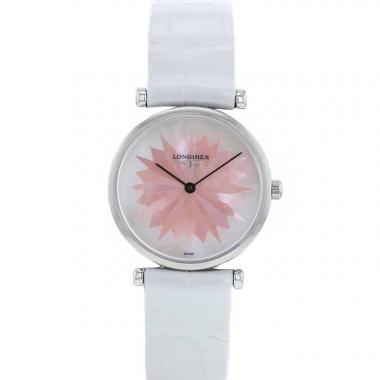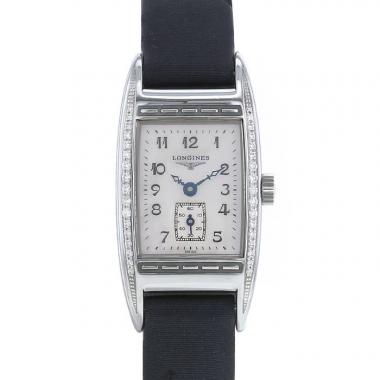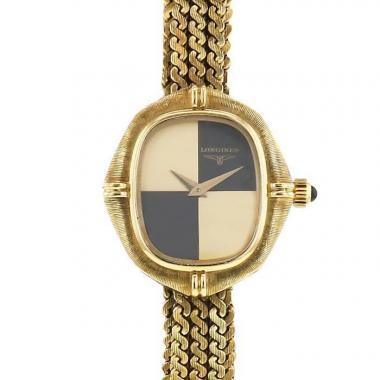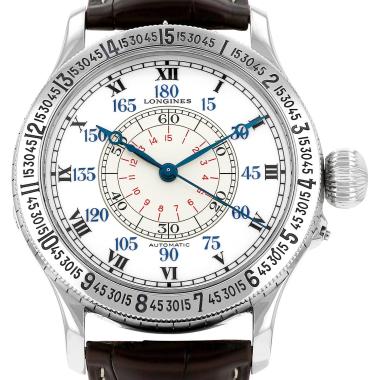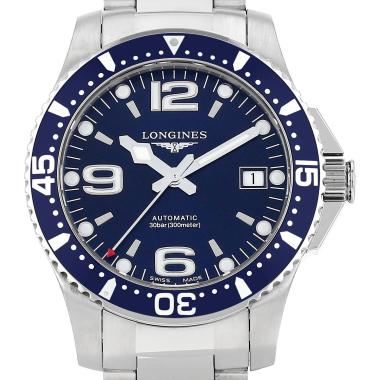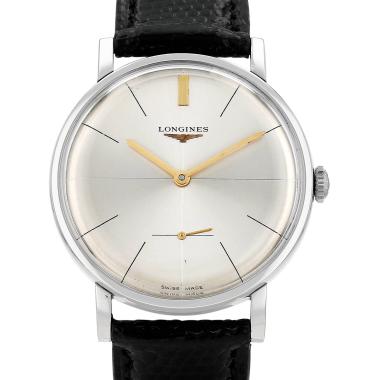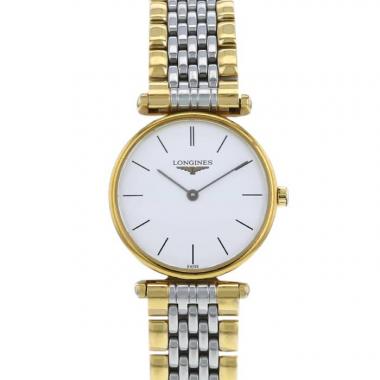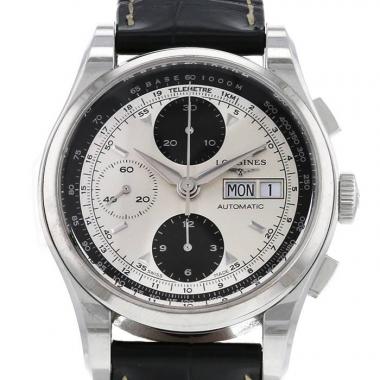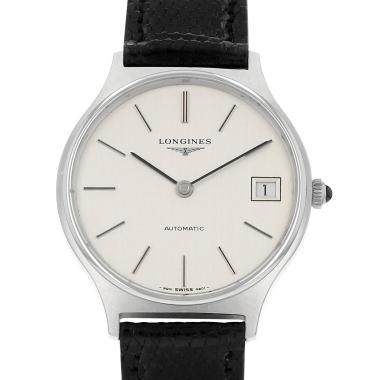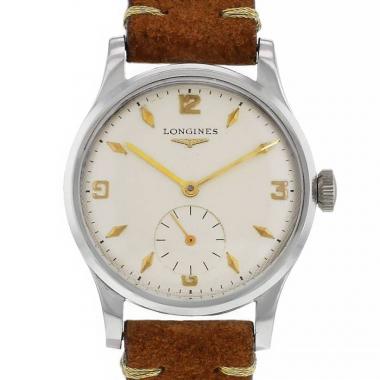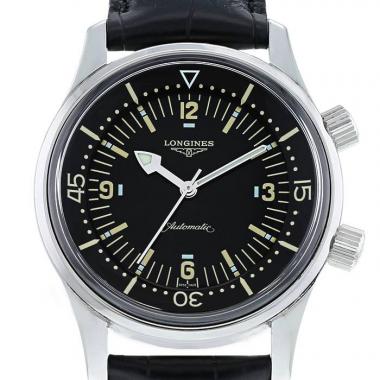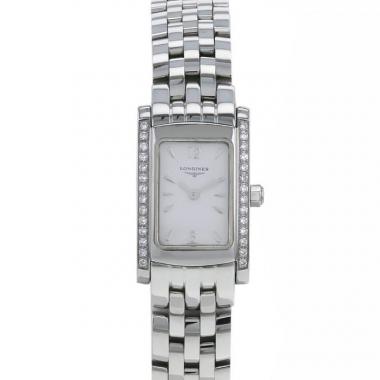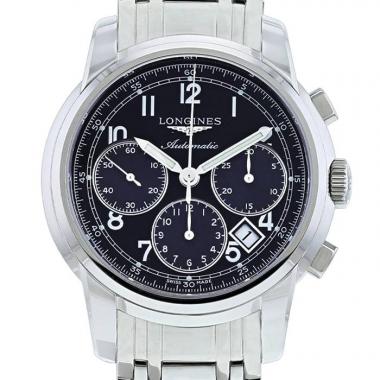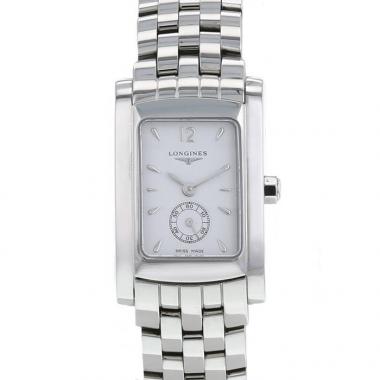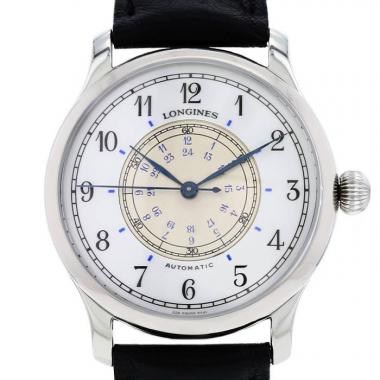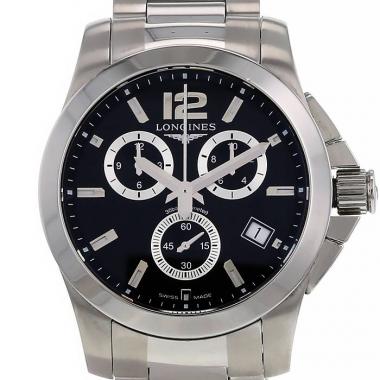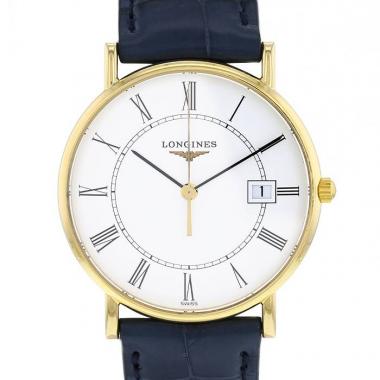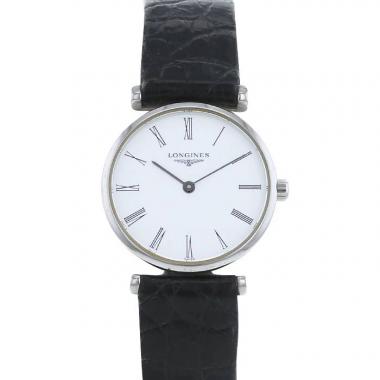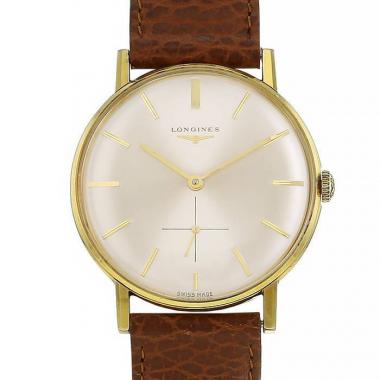The history of Longines watches
Created in 1832 in Saint-Imier, Switzerland, the Compagnie des Montres Longines Francillon SA, better known as Longines, is the wo
Longines watches
Created in 1832 in Saint-Imier, Switzerland, the Compagnie des Montres Longines Francillon SA, better known as Longines, is the world’s oldest registered watchmaking brand. A pioneer in the aeronautics and sports sectors, the firm of the winged hourglass has never ceased to demonstrate its elegance in wristwatches, evoking very special connotations, combining elegance and precision. For example, Longines is the official timekeeper at a wide range of sporting events and was responsible for the timekeeping mechanism triggered automatically by an electric wire. Longines has also distinguished itself in the air, having been involved in Charles Lindbergh’s first solo non-stop transatlantic flight in 1927.
Today, Longines remains at the cutting edge of innovation and strives to ensure that all its watches offer a unique combination of precision and elegance. A Swatch Group brand which has become a leading player in the field of equestrian events, gymnastics, Alpine skiing and tennis, Longines has worked for 175 years in the service of precision, elegance and a certain bygone concept of discretion.
With a workshop in Saint-Imier since 1832, the Compagnie des Montres Longines Francillon SA is part of what could be called the “bedrock” of the Swiss watch industry. In 1865, this solid firm became one of the first watchmaking factories in the country and was awarded a gold medal for a pocket watch in the same year at the International Exhibition in Paris. Two years later, Ernest Francillon took over the firm, created the famous winged hourglass logo, and initiated a new focus on industrial methods which would ensure him a place among the leading wristwatch manufacturers.
Longines was soon producing excellent chronographs, naturally associating it with the world of sports. This led to the creation of robust and precise timepieces, in buildings which needed to continually adapt to the company's growth. By 1911, the Longines factory employed more than 1100 workers and was selling its watches all around the world! The innovation displayed by Longines naturally made it a respected brand.
Having been involved in the Olympic Games in Athens in 1896, it provided the timing for the Olympic Games 14 times, beginning with Oslo in 1952, along with an incalculable number of equestrian events and Alpine skiing competitions! This led to the development of several systems for measuring performance: the electromechanical “broken wire” timekeeping system at the Swiss Federal Gymnastics Festival in 1912; Photogines, the first mechanism to link timing with a photo finish in 1952; and a device combining a moving image and timing with the Contifort in 1960. In 1969, Longines innovated again with the first cybernetic quartz electronic wristwatch ever designed by a watch manufacturer’s in-house research facilities.
The brand meanwhile retained its expertise in the field of elegance and style, producing watches interspersed with legendary models: the Flagship (1957), the L990 (1977), the DolceVita (1997) and the Evidenza (2003). A little-known fact is that Longines (official timekeeper of the French Open) also invented the fly-back function in 1938.
It is not known whether Andre Agassi and Stefi Graf, ambassadors for the sport-chic brand, are aware of this historic trivia. Finally, Longines released the “Longines Column-Wheel Chronograph,” a 20H reference, in 2009, in line with tradition – a question of history coming full circle.

